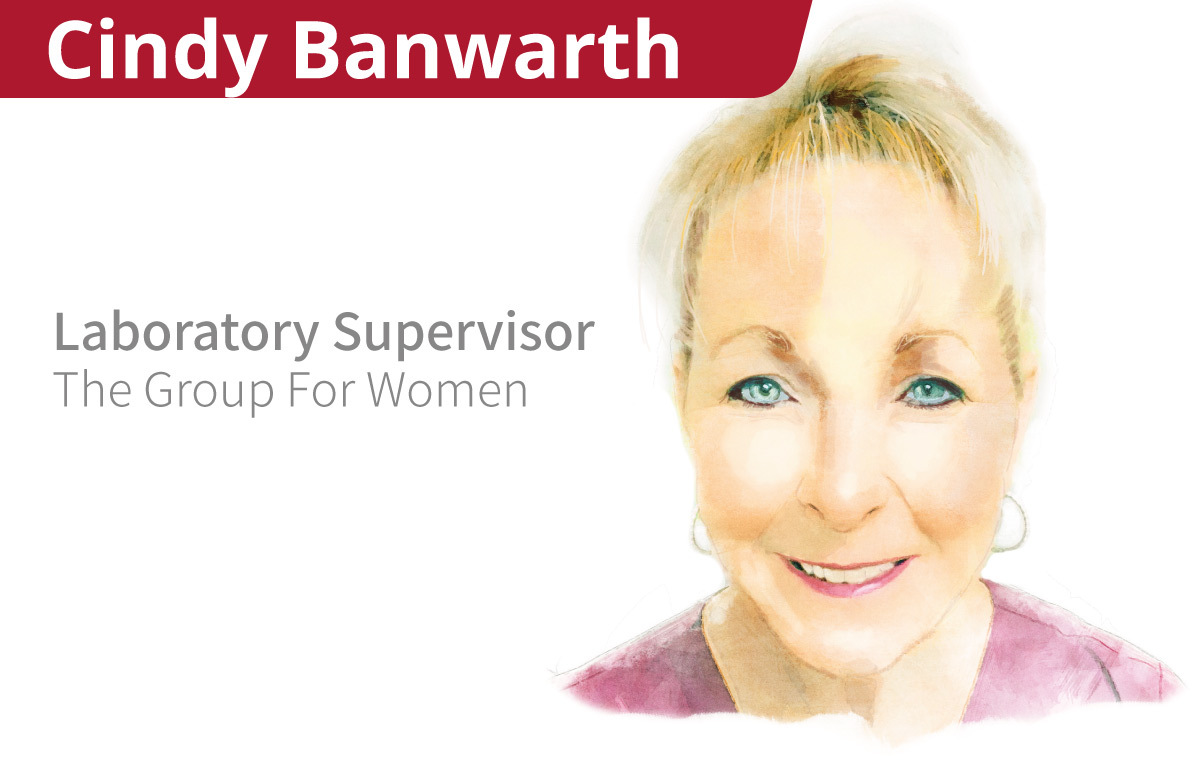Patient Relationships: The Cornerstone of Practice Health
In a healthcare environment teeming with pressures and paperwork, retaining strong patient relationships must remain at the top of every practice’s agenda for the coming year. With the pandemic reducing the number of patients that come into the office, practice stability and growth will rely on bringing current patients back and adding new ones.


Patient Relationships:
The Cornerstone of Practice Health
February 19, 2021
.
In a healthcare environment teeming with pressures and paperwork, retaining strong patient relationships must remain at the top of every practice’s agenda for the coming year. With the pandemic reducing the number of patients that come into the office, practice stability and growth will rely on bringing current patients back and adding new ones.
Most physicians consider patient relationships to be central to their work. And in fact, these connections, though sometimes brief, are a central source of fulfillment.1 Likewise, patients derive satisfaction from productive relationships based upon communication and trust.
Today’s patients take an active role in choosing providers. Having gained familiarity in shopping for insurance, they bring more consumer-like attitudes to shopping for providers. And, they are more willing to change physicians. Their choices are shaped by:
- Health insurance networks
- Internet research and ratings
- Consolidation of practices
- Word of mouth recommendations and critiques
Fortunately, when it comes to patient loyalty and satisfaction, practices still wield considerable control in determining their fates. And as an added silver lining, the factors that really matter to patients are consistent with those that bring pride and purpose to physician practices.
At its essence, patient satisfaction is an expression of expectations having been met. These expectations are based upon a desire for the peace of mind that comes with good health. But beyond that, patients want to feel involved in the achievement of that health.
No longer can physicians count on a patient to simply do as told. They will seek information from a variety of sources, and unless a good dialogue has already been established it will be more difficult to keep them on course.

.
Patient expectations vary between objective and emotional factors, but research suggests that both are important. A 2018 analysis of 1 million patient surveys revealed that 97% of the patients were likely to recommend their provider if, within a given visit, they:2
- Had confidence in the provider
- Perceived that the care team worked well together
- Felt that the practice was organized to meet their needs
The study further demonstrated that these items were interwoven, meaning that a change in one category would ripple through to others.
Another 2019 survey including data from 842 primary practice patients in Massachusetts reiterated these findings with patients assigning top scores to:3
- Communication
- Office staff excellence
- Coordination of care
- Ease of access to care
Successful practices attuned to these dynamics understand that cultivating good relationships supported by excellent care coordination will yield benefits to the practice:
Patient Retention
It’s reasonable to assume, that at any given time a segment of patients is considering a move to a new provider. In fact, according to a 2013 analysis of 1 million patient records 15% of those patients were “not very likely” to recommend their physicians or medical practice to others.4 A sound strategy for patient retention will add to the overall stability of the practice.
Practice Expansion
Market share is essential to practice health, and new patients are a significant part of maintaining or building share. Many practices have suffered in the past year, and competition could heat up as a result. Building a reputation for outstanding care and concern for patients, not only builds loyalty with current patients, but also helps attract new ones.
Practice Economics
Regardless of payment structures, more and more payors are working some aspect of satisfaction into their payment models. Admittedly, the economics of physician practices are complex and varied. Nevertheless, any practice seeking to support its existence must be concerned with ways in which it can provide greater value and appeal to patients.
Clinical Care
Trust is a key component of relationships with patients. Studies have demonstrated that a patient who trusts their physician may be more committed to following through on clinical plans.5 This in turn may drive better adherence and outcomes.
Establishing trust and good communication with your patient may also aid physicians in setting realistic expectations and having productive conversations about utilization of care.
Physician Staff Satisfaction
Last, but certainly not least, good relationships are a source of tremendous satisfaction for physicians and staff. Knowing that a patient perceives members of a practice to be working together on behalf of their health brings about a sense of much needed pride at a time when many physicians and staffs are feeling burned out.
In our next article we will explore the tangible steps you can take to improve patient relationships and satisfaction.
Footnotes:
1 “2018 Survey of America’s Physicians: Practice Patterns and Perspectives.” The Physicians Foundation. September 2018.
2 Daniels, Chrissy. “Insights on Consumerism: The Loyalty Formula.” IndustryEdge. Press Ganey Associates, Inc. May 2018.
3 “Massachusetts Releases Results of Only Statewide Survey of Patient Experiences in Primary Care.” Press release. Massachusetts Health Quality Partners, 23 Jan. 2019, www.mhqp.org/2019/01/23/mhqp-releases-results-of-massachusetts-only-statewide-survey-of-patient-experiences-in-primary-care-practices-for-14th-year/. Press release.
4 “Study Helps Medical Groups to Protect Market Share Under Affordable Care Act.” Blog: Understanding Patient Loyalty in the Medical Practice Segment. Press Ganey Associates, Inc. 10 Dec. 2013. www.pressganey.com/blog/understanding-patient-loyalty-in-the-medical-practice-segment
5 Johnson, Tyler. “The Importance of Physician-Patient Communication in Health Care.” Duke Center for Personalized Health Care, 11 Mar. 2019. www.dukepersonalizedhealth.org/2019/03/the-importance-of-physician-patient-relationships-communication-and-trust-in-health-care/
Featured Profile
Our new 'The Point of Care Campaign' is our way of showing appreciation to healthcare workers during COVID. Our profile this week features Cindy Banwarth.
Related Articles
Introducing the HemoCue Customer Portal
